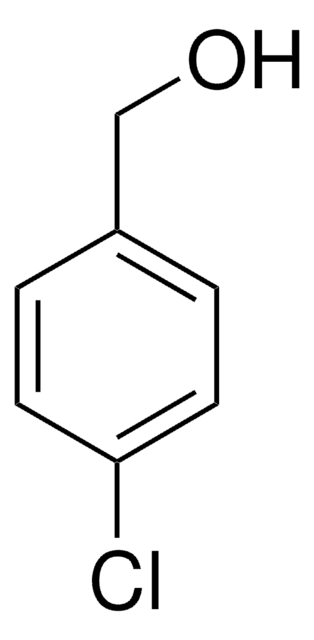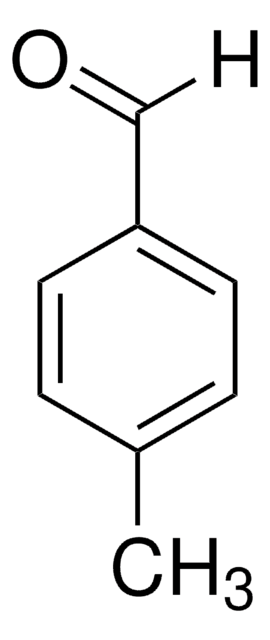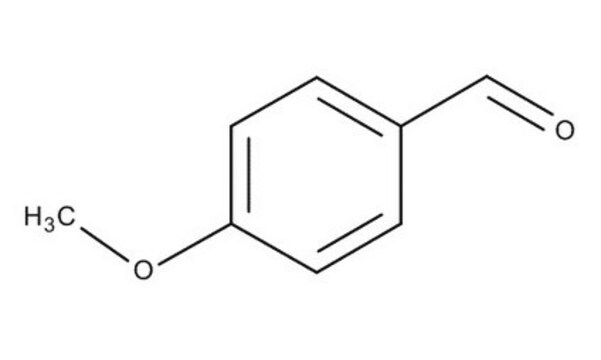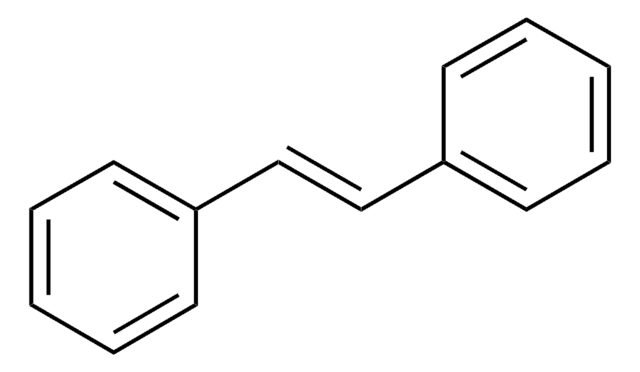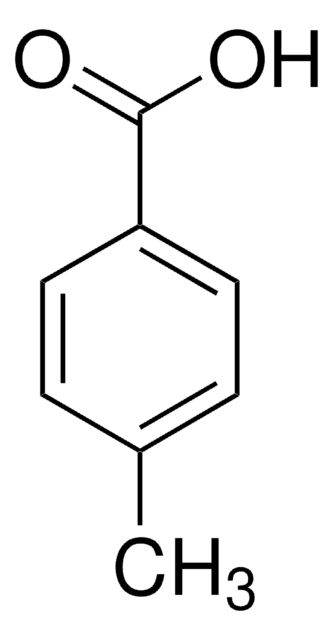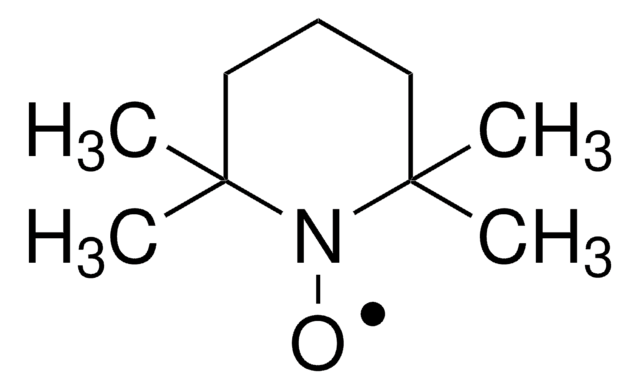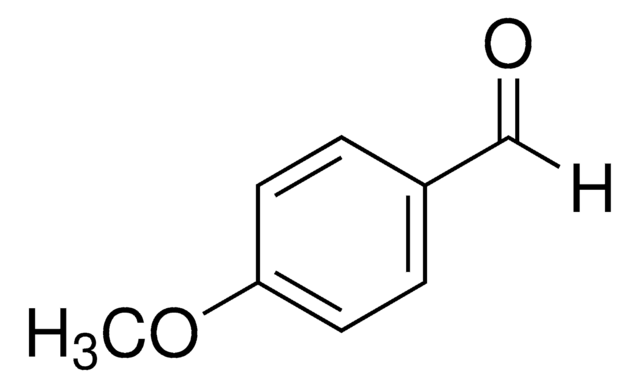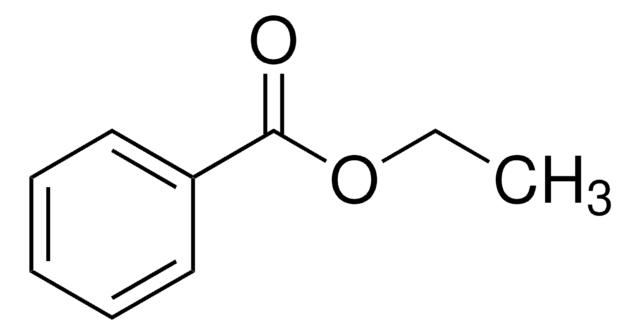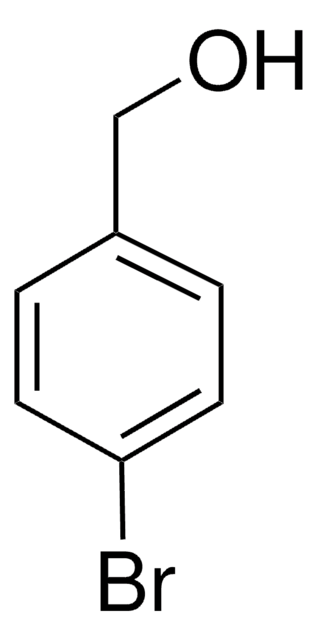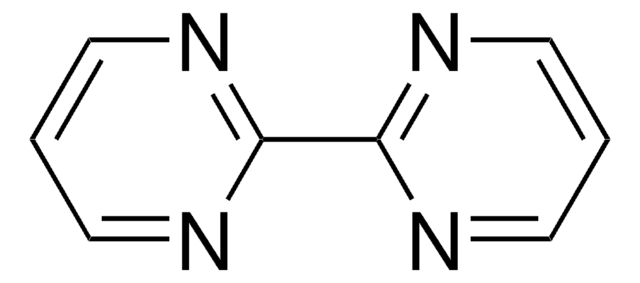127809
4-Methylbenzyl alcohol
98%
Sinônimo(s):
(4-Methylphenyl)methanol, (4-Tolyl)methanol, 4-Methylbenzenemethanol, p-Methylbenzyl alcohol, p-Tolualcohol, p-Tolylcarbinol, p-Tolylmethanol
About This Item
Produtos recomendados
Nível de qualidade
Ensaio
98%
p.e.
217 °C (lit.)
pf
59-61 °C (lit.)
grupo funcional
hydroxyl
cadeia de caracteres SMILES
Cc1ccc(CO)cc1
InChI
1S/C8H10O/c1-7-2-4-8(6-9)5-3-7/h2-5,9H,6H2,1H3
chave InChI
KMTDMTZBNYGUNX-UHFFFAOYSA-N
Descrição geral
Aplicação
Palavra indicadora
Warning
Frases de perigo
Declarações de precaução
Classificações de perigo
Eye Irrit. 2
Código de classe de armazenamento
11 - Combustible Solids
Classe de risco de água (WGK)
WGK 2
Ponto de fulgor (°F)
Not applicable
Ponto de fulgor (°C)
Not applicable
Equipamento de proteção individual
dust mask type N95 (US), Eyeshields, Faceshields, Gloves, type P3 (EN 143) respirator cartridges
Escolha uma das versões mais recentes:
Já possui este produto?
Encontre a documentação dos produtos que você adquiriu recentemente na biblioteca de documentos.
Os clientes também visualizaram
Nossa equipe de cientistas tem experiência em todas as áreas de pesquisa, incluindo Life Sciences, ciência de materiais, síntese química, cromatografia, química analítica e muitas outras.
Entre em contato com a assistência técnica
